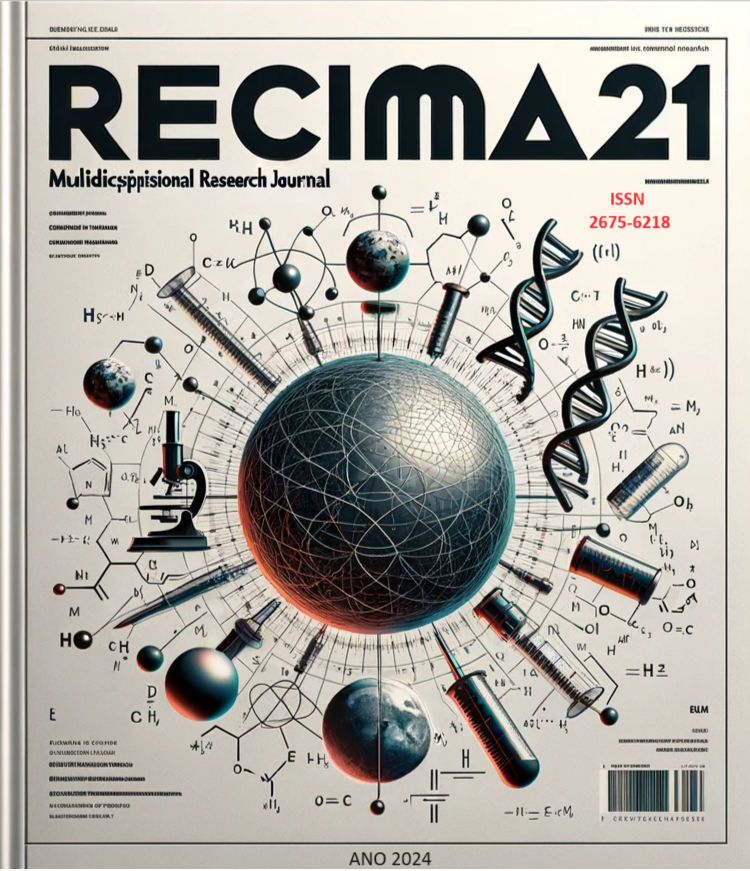QUALITY IMPROVEMENT USING ONE FACTOR AT A TIME (OFAT) THROUGH DESIGN OF EXPERIMENTS (DoE): CASE STUDY IN AN EXPANDED POLYSTYRENE (EPC) INDUSTRY
DOI:
https://doi.org/10.47820/recima21.v5i10.5760Keywords:
Quality Improvement, Process Optimization, Product Development, Design of Experiments, One Factor at a Time, Expanded PolystyreneAbstract
Design of Experiments (DoE) is a statistical tool used in Six Sigma, a multifunctional tool that can be used in different situations, with the purpose of comparing different possibilities of the same system, with the screening of variables. This tool aims to obtain a project (process, product or result) with the best optimization of resources, in order to maintain the robustness of the project. Although the use of Six Sigma emphasizes the use of DoE, engineers still find it a difficult technique to apply and interpret. For this reason, the objective of this work is to present a methodology that tries to facilitate the implementation of DoE, as an approach to fill the gap between the technique and the daily practice of researchers and engineers, using the One Factor at a Time tool (OFAT). This is a simple and straightforward approach to conducting an experiment and analyzing the effects of individual form factors on a process or product in any organizational environment. An exploratory bibliographical research was carried out on the topic OFAT in the main databases. Next, a case study was carried out in an industry producing expanded polystyrene (EPS), to exemplify the use of the OFAT tool. From the various experiments carried out, it was possible to evaluate the use of OFAT tools which, despite using a simple methodology, leads to satisfactory results in terms of process improvement and the final quality of the evaluated product.
Downloads
References
AMBIENTE BRASIL. Isopor – Aplicações e Usos. [S. l.]: Ambiente Brasil, 2021. Disponível em: https://ambientes.ambientebrasil.com.br/residuos/isopor/isopor_-_aplicacoes_e_usos.html Acesso em: 11 ago. 2023.
BOX, G. E. P.; BEHNKEN, D. W. Some new three level designs for study of quantitative variables. Technometrics, v. 2, p. 455, 1960. DOI: https://doi.org/10.2307/1266454
CLEMENTS, R. G. The Experimenter´s Companion. [S. l.]: ASQC Quality Press, 1995.
CZITROM, V. One-Factor-at-a-Time Versus Designed Experiments. The American Statistician, v. 53, n. 2, May. 1995. Disponível em: https://polaris.imag.fr/arnaud.legrand/teaching/2011/EP_czitrom.pdf Acessado em: 14 fev. 2024. DOI: https://doi.org/10.2307/2685731
GIL, A. C. Como elaborar Projetos e Pesquisa. 5. ed. São Paulo: Atlas, 2010.
LEGAULT, M. Design New Business. Canadian Plastics, v. 55, n. 6, p. 26-29, 1997.
NITHIN, M. R. Overview of one factor at a time (OFAT) design of experiments. [S. l.]: Linkedin, 2023. Disponível em: https://www.linkedin.com/pulse/overview-one-factor-time-ofat-design-experiments-nithin-m-r/ Acessado em: 14 fev. 2024.
SILVA, C. R. de O. Metodologia e Organização do Projeto de Pesquisa (Gruia Prático). Fortaleza: Centro Federal de Educação Tecnológica do Ceará, 2004. Disponível em: https://sindipoldf.org.br/wp/wpcontent/uploads/2021/09/Metodologia_e_Organizacao_do_projeto_de.pdf. Acessado em: 14 fev. 2024.
TELFORD, J. K. A Brief Introduction to Design of Experiments. [S. l.: s. n.], 2007. Disponível em: https://secwww.jhuapl.edu/techdigest/Content/techdigest/pdf/V27-N03/27-03-Telford.pdf Acessado em: 14 fev. 2024.
TESSARI, J. Utilização de poliestireno expandido e potencial de aproveitamento de seus resíduos na construção civil. 2006. Dissertação (Mestre em Engenharia) - Universidade Federal de Santa Catarina, Florianópolis, 2006.
Agradecimentos: Agradecemos a empresa ISOTERM pelos dados obtidos para a realização deste estudo.
Downloads
Published
License
Copyright (c) 2024 RECIMA21 - Revista Científica Multidisciplinar - ISSN 2675-6218

This work is licensed under a Creative Commons Attribution 4.0 International License.
Os direitos autorais dos artigos/resenhas/TCCs publicados pertecem à revista RECIMA21, e seguem o padrão Creative Commons (CC BY 4.0), permitindo a cópia ou reprodução, desde que cite a fonte e respeite os direitos dos autores e contenham menção aos mesmos nos créditos. Toda e qualquer obra publicada na revista, seu conteúdo é de responsabilidade dos autores, cabendo a RECIMA21 apenas ser o veículo de divulgação, seguindo os padrões nacionais e internacionais de publicação.













